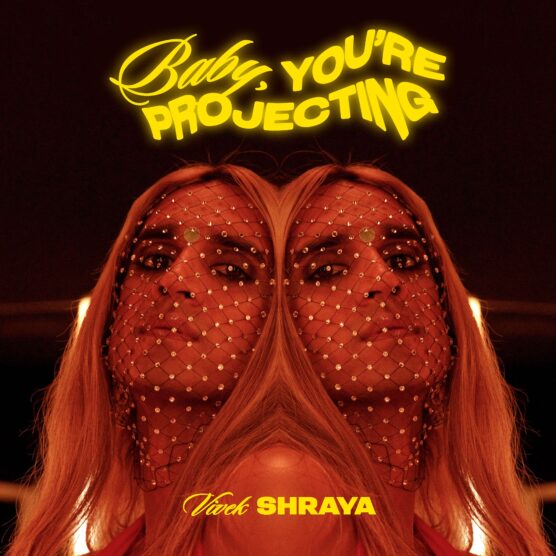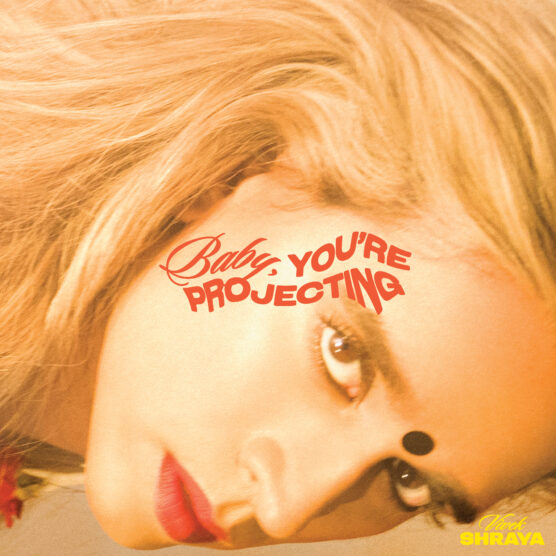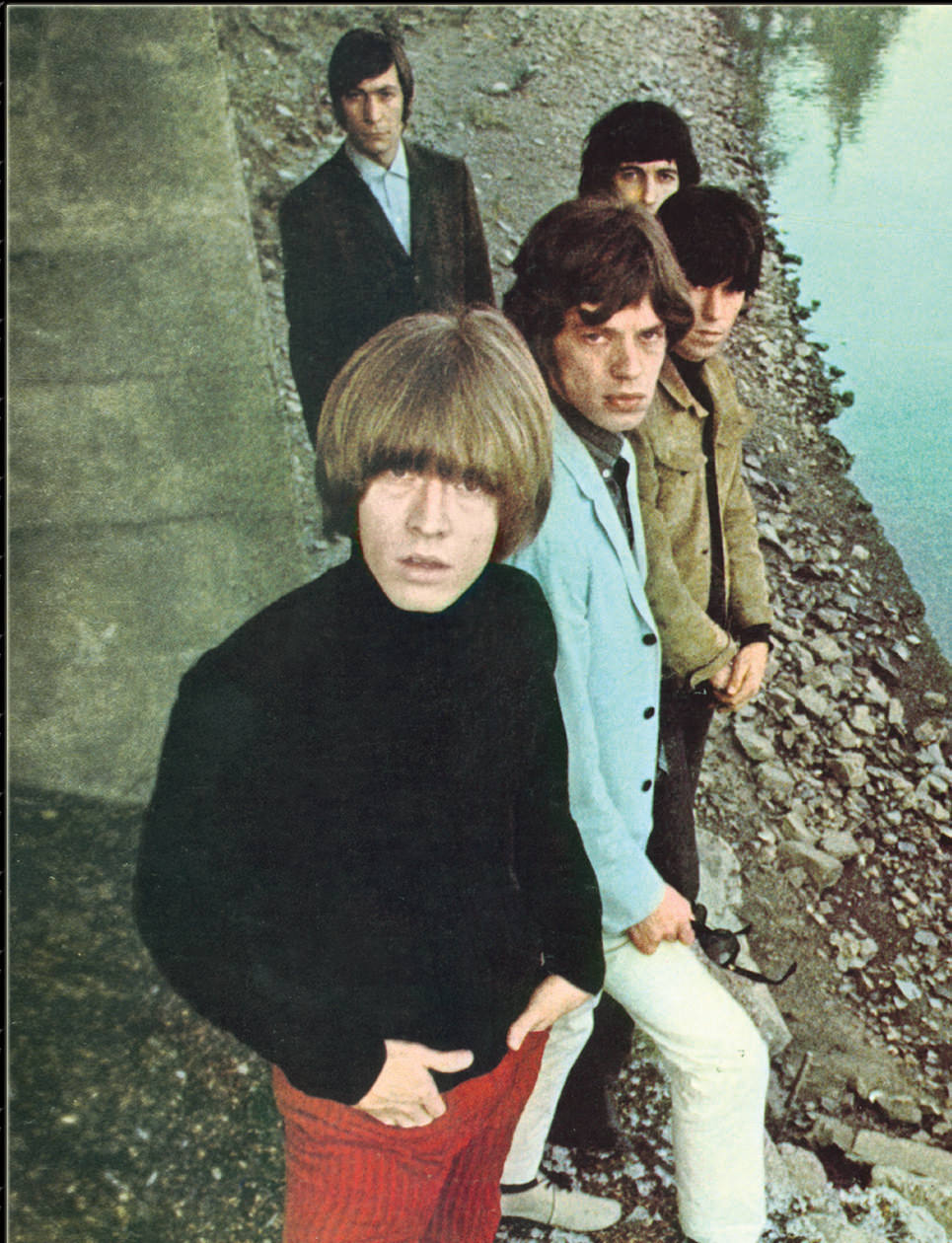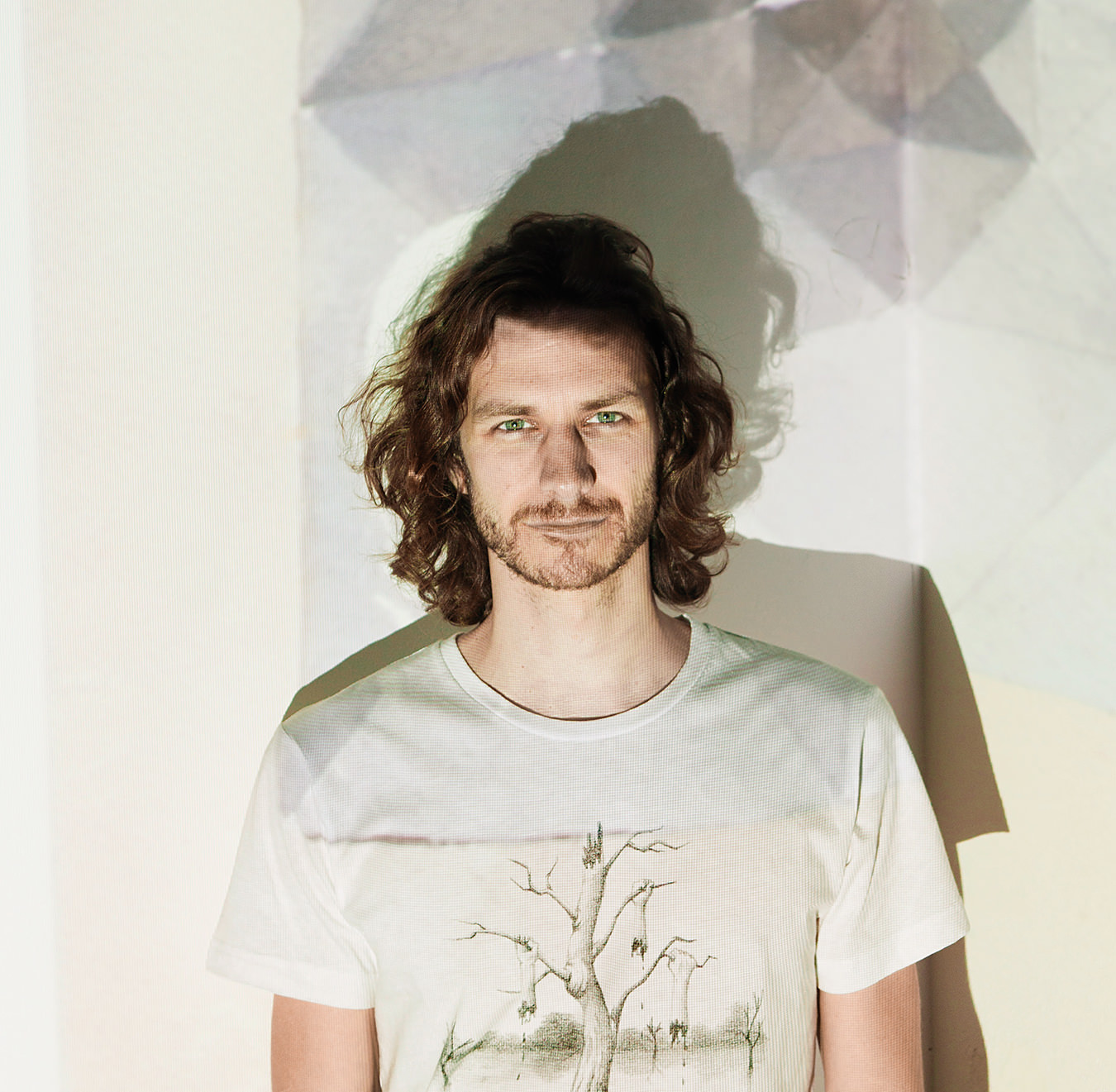The Main Character of How to Fail as a Pop Star’s Journey to the Screen and Return to Music
If at first you don’t succeed, write a play about it.

The career of Vivek Shraya, who is a multihyphenate in every sense, spans the genres of music, literature, visual art, theatre, and TV. She’s a three-time Canadian Screen Awards winner, a Polaris Music Prize nominee, and her nonfiction book I’m Afraid of Men has been heralded by Vanity Fair as “cultural rocket fuel.”
But there was a time in her life when she had a singular goal: to be a pop star.
She detailed her journey to stardom, and subsequent fall back to earth, in CBC Gem’s limited comedy series How to Fail as a Pop Star—the autobiographical account’s third incarnation, following a theatre show and a book. “Like so many famous pop stars,…” Vivek Shraya’s voiceover states in the show’s beginning, “my story begins … in Edmonton.”
Cut to a snow-covered street lined with parked cars, all uniform bumps under the powder. It couldn’t be further from the image of Hollywood boulevards lined with towering palm trees—the traditional marker of success. But her real-life coming-of-age story isn’t about the usual things that happen in shows.
“When people ask what parts of the show are real, anything that seems really out there is probably true,” Shraya says over the phone from her home in Toronto. “I was such an arty kid. I thought that popularity could be gained by being different, and I didn’t understand that popularity, in many contexts, is actually about doing what everyone else is doing.”
Turns out that what everyone else is doing isn’t the story we need to hear. The title itself gives it away: it’s not success she’s selling, but failure. A story very rarely told, which makes it all the more valuable.
“My job as a queer Brown person is always to show, despite the oppressions, look at me and look at how much I’ve overcome. It’s an exhausting narrative to have to put out in the world,” she says. “How to Fail as a Pop Star, for me, felt like an important gesture and an important invitation to open more conversations for failure. And to honour that space, as opposed to being like, ‘Well, you know, if I became an astronaut, then I wouldn’t have had 15 children.’”
Not many “failures” can claim the success Shraya has. And even if her stratospheric dreams were never realized, that swing-and-a-miss that she portrays in the show led her to explore other creative genres. After nearly a decade of chasing stardom, Shraya says she and music “had a bit of a breakup,” so she turned to writing as a creative outlet. A collection of short vignettes “based on my experience growing up in Edmonton, having Hindu immigrant parents, and being gender nonconforming” turned into Shraya’s first book, God Loves Hair, published in 2010. “The response to it was significantly larger than any response to my music in the previous 10 years. So I started to see myself a bit differently and wonder, ‘Am I interested in other art forms?’” The answer, of course, was an emphatic yes.


Even as she experimented and expressed herself creatively through writing and visual mediums, she never fully abandoned her first love: music. Just last year, she released her “genre-fluid” album Baby, You’re Projecting, which draws inspiration from hip-hop, country music, Beyoncé, the female musicians of Lilith Fair, and more. “It was so exciting to finally make an album that I feel encompasses my various inspirations,” she says. It’s also her first breakup album, which she explains is “a classic rite of passage for musicians.”
Over the years, Shraya has made a career of standing out—on stages, red carpets and best-dressed lists. But as a teenager, music was something to hide behind.
“When you are a queer kid in a small city, and you’re encountering homophobia on a regular basis—and by regular basis, I mean sometimes, like, hourly basis—you are dreaming of escape. And pop culture for me, and pop stars, were the greatest form of escapism,” she says. “I would turn on MuchMusic, and I would see very strange people doing creative things, and everybody loved them. They were accepted.”
She recalls seeing Michael Stipe, the lead singer of R.E.M., on the cover of Rolling Stone. “He had shiny, I think they were silver, leather pants and a cowboy hat. And it was one of the first times he talked about his sexuality being fluid,” she says. “They were so beloved. So I think my teenage mind made this connection to a world or an avenue where people who are different can thrive and be loved.”
It wasn’t just about acceptance. Music offered an entry into another world—or at least, an exit from her current reality. “I had already developed a love for music and singing. I think that, over time, it became, how do I use my voice to get out of this city? How do I use my voice to escape? How do I use my voice to be loved?”

As it seems to with Shraya, one artistic genre influences another. “I don’t think I could have had the confidence to make Baby, You’re Projecting without making How to Fail as a Pop Star. There’s something about admitting failure then that has now allowed my music to exist in a different realm for me. Now I’m not thinking Saturday Night Live. I’m not thinking of the cover of Rolling Stone,” she says.
That doesn’t mean she’s resting on her laurels. “The past six months have just been so artistically generative,” she says. There are three new visual art projects in the works, as well as two books—one for kids about songwriting and the other a dystopian novel. Plus, a new album appears to be on the horizon. “My partner always laughs when I make certain comments, and one of them was that this is going to be a music-free year. Then, of course, I’ve ended up writing a whole bunch of new songs. So I’m hoping that will be out in the fall.”
So is pop stardom behind her? “No, the dream never dies,” she says. “It is this thing that keeps me up at night.”




